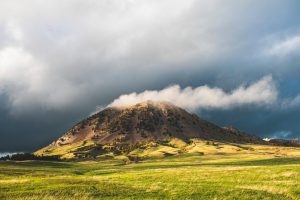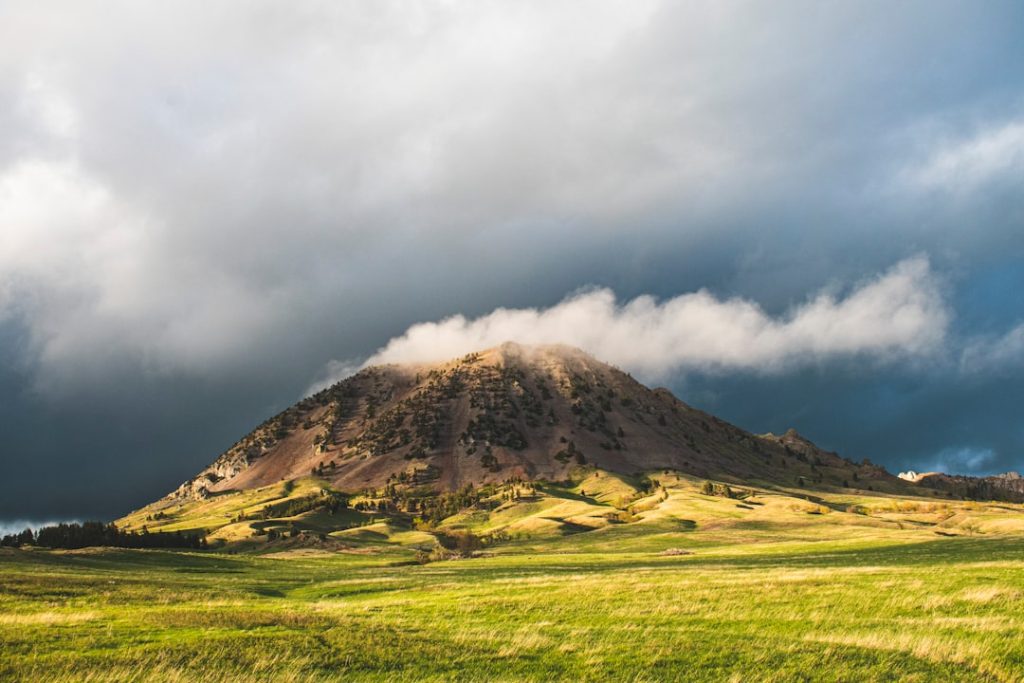
STURGIS, S.D. – As the 85th Sturgis Motorcycle Rally drew hundreds of thousands of bikers, vendors and tourists to the Black Hills, tribal leaders again pointed north toward Bear Butte—Matȟó Pahá in Lakota—and raised alarms that the annual roar is squeezing the sacred site.
Bear Butte, a volcanic formation just outside Sturgis, is central to the spiritual traditions of the Lakota, Cheyenne, and Arapaho nations. Pilgrims fast, leave prayer cloths, and climb the butte for vision quests, treating the hill and its silence as a living church, according to tribal historians and South Dakota park officials.
South Dakota designates the site a state park, but this status has not shielded it from rally-driven growth and development. In recent years, tribal groups have objected to increased construction of bars and concert venues near the base.
Lakota and Cheyenne leaders protested moves such as the 2016 relocation of the Full Throttle Saloon closer to Bear Butte, arguing that the noise and crowds disrupt religious practices and desecrate a sacred place, according to coverage from Indian Country Today and tribal press briefings.
Faith Spotted Eagle, a Yankton Sioux elder and longtime advocate for the protection of Native American sacred sites, has spoken out repeatedly about religious disruption and the need for protection at Bear Butte, but no verified public transcript includes a direct quote from her regarding recent developments at the site.
Cheryl Angel, a Sicangu Lakota activist, has called for stronger buffer zones and heightened respect for Bear Butte in public forums. This account reflects general advocacy statements and should not be read as a direct quote from any published remarks.
This year’s rally intensified the debate. The South Dakota Department of Transportation reported that the 2025 Sturgis event saw a final vehicle count of 537,459—a new high, representing an 11 percent increase from the five-year average of 482,987 vehicles. The surge means more traffic on the roads around Bear Butte, where quiet is considered essential for ceremony, tribal advocates say.
Native advocates argue that every new bar and stage brings development steadily closer to an area considered sacred, disrupting religious use. The state markets the rally aggressively but rarely mentions the spiritual significance of the land directly adjacent to its largest tourist event, according to tribal statements and state news releases.
The city of Sturgis and state officials have emphasized the rally’s economic benefits. Statewide tax collections related to the 2025 rally reached $1.58 million, up 13 percent from last year, according to the South Dakota Department of Revenue. These totals include state sales tax, tourism tax and municipal taxes, which also climbed as the number of temporary vendors increased substantially this year. As of September, officials have not proposed new restrictions on development around Bear Butte.
For many Lakota and Cheyenne people, the conflict is more than a debate over commerce. It is a struggle to protect a living spiritual center. Advocates say every prayer cloth tied at Bear Butte connects worshippers to generations past, and urge all rally participants and officials to show respect for this tradition.




